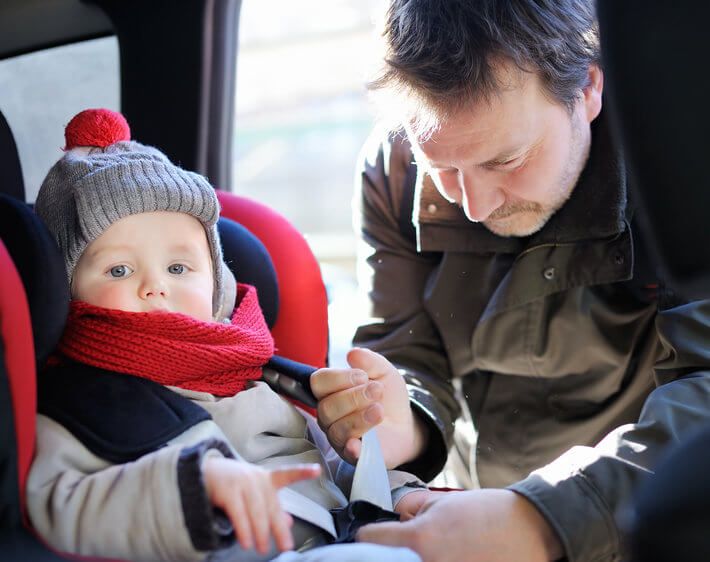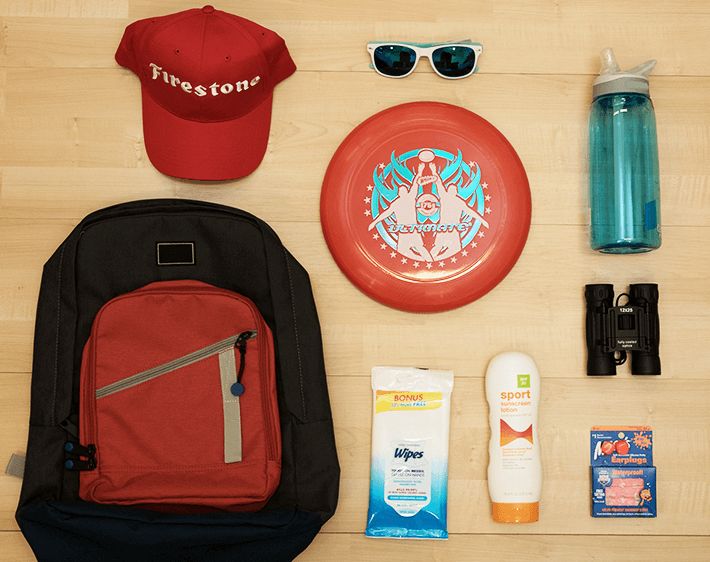Thanksgiving week is one of the busiest travel holidays of the year. That means it's also one of the most dangerous times to be on the road. Throw in bad weather, and you're looking at some tough driving conditions. With a little preparation and safe driving, though, you can make it to grandma's house without a hitch. Just follow our Thanksgiving travel tips!
Before You Go
Choose a good time to travel.
Consider leaving on the morning of Thanksgiving if you want to avoid traffic. According to Travel & Leisure, you’re most likely to get stuck in traffic on the Wednesday afternoon before Thanksgiving. When you head back, avoid the Sunday afternoon rush and opt for Saturday instead.
Of course, you might not be able to avoid traveling on a high-traffic day. If that’s the case, start your drive late at night or early in the morning. You’ll (hopefully!) be one of the only drivers on the road.
And don't forget to check the weather before you go! Winter storms can move in quickly. Take the forecast into account when choosing your departure time to steer clear of weather-related delays.
Take preventative action.
Preventative checks and maintenance can help you get ahead of common road trip troubles, like a flat tire, dead battery, or blurry windshield.
- Check your tire pressure and inflate your tires.
- Have your car battery tested.
- Refill windshield wiper fluid.
- Invest in winter wiper blades.
- Consider switching to winter tires.
Psst! Did you know? You can have the above to-dos taken care of at your local Tires Plus. Our courtesy checks include a quick inspection of your battery, wiper blades, headlights, filters, hoses, tires, and more.
Fill your gas tank.
If you consistently keep your gas tank near empty, you might be risking moisture problems in your car’s fuel system. Condensation could form in the empty section of your gas tank. In cold temperatures, this condensation could freeze your fuel lines and cause starting problems. A good rule of thumb is to never let your fuel level dip below half-full in the winter.
Prepare a winter safety kit for your car.
Is there room in your trunk for a little peace of mind? Put together a winter safety kit for your car, just in case. These items will help you stay safe and comfortable in the event of a roadside emergency.
Scrape the ice from your windows.
An astounding 90% of all driving decisions are based solely on visual cues, reports the American Optometric Association, so make sure your view of the road is crystal clear. Scrape the ice off of all windows and mirrors before leaving the driveway. If you need some help getting rid of pesky morning frost, consider homemade windshield de-icer spray!
On the Road
Adjust your speed to road conditions.
Decrease your speed to allow yourself more time to respond when driving in harsh road conditions like snow, rain, and sleet. The posted speed limit indicates the maximum speed permitted when conditions are ideal. In less ideal conditions, however, driving at the posted speed limit could be unsafe. Police officers could even write you a ticket for going the speed limit if weather conditions warrant a slower speed.
Don’t accelerate through turns.
This driving tip is a good one to practice every time you get behind the wheel—not only when driving in slippery winter conditions—since it can help you avoid losing control of your vehicle. Here’s how this tip works:
Turn on your headlights to improve visibility.
Remember this rule: Wipers On, Lights On.
When road conditions are less than ideal, flipping on your lights can help you see and be seen by other drivers—even during the day.
Another tip: when driving through snow at night, leave your headlights on their low beam setting. The light emitted from your high beams can reflect in the water molecules of the snow and create a glare, making it harder for you to see. You’ll help improve your visibility and minimize eye fatigue if you keep your low beams on through winter flurries.
Don’t overestimate four-wheel or all-wheel drive.
Many drivers place too much faith in their four-wheel or all-wheel drive vehicles. While both vehicle types offer greater stability and control in slippery situations over two-wheel drive vehicles, they won't help you brake or turn in extreme cold on snowy, icy roads. The best performance and grip in winter conditions comes with a set of winter tires.
“Our evaluations conclusively showed that using winter tires matters more than having all-wheel drive in many situations, and that the difference on snow and ice can be significant,” notes Consumer Reports. If your travel plans have you headed to colder climates, talk to a Tires Plus tech about the benefits of winter tires.
Your car is much more than a vehicle. It’s your way to get home for the holidays. Stop in for a maintenance check and let us take the worry out of Thanksgiving travel. We’ll walk you through your options so you can choose the right service or tires for your needs. Then use your Tires Plus credit card to get the car care you need now with promotional financing.



